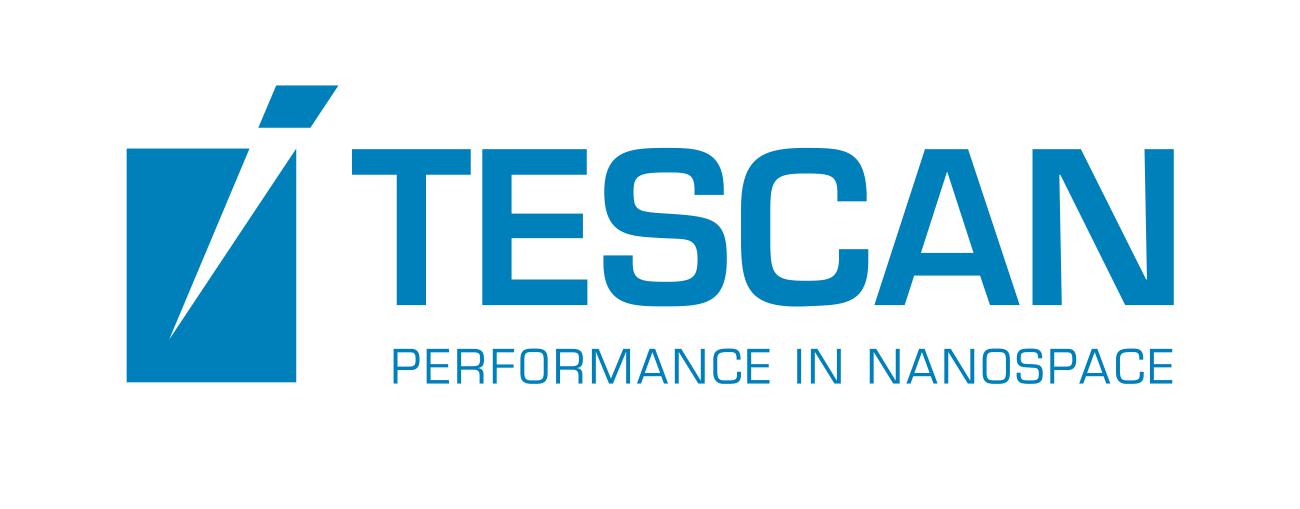Speaker
Description
A site selection process is currently underway in Canada to select a site for a deep geologic repository (DGR) for Canada’s used nuclear fuel. Currently, two potential siting areas are undergoing evaluation: one in plutonic crystalline rock in the Canadian Shield, and one in sedimentary rock. The focus of this study is the crystalline site. As part of ongoing site investigation activities, Canada's Nuclear Waste Management Organization (NWMO) has drilled and instrumented multiple kilometre-long, vertical and near vertical, boreholes. Extensive data has been collected from in-situ borehole geophysical and hydraulic testing, opportunistic groundwater sampling, and in-situ borehole fluid pressure measurements. The influence of increasing fluid density is evident in the equivalent freshwater head estimations.
The Canadian Shield is composed of fractured Precambrian rock that is known to have high total dissolved solids concentrations (TDS), in some cases exceeding 300 g/L. The high TDS values observed in the Shield affect fluid density, resulting in the coupling of the groundwater flow equation with the solute transport equation for TDS. In this study, numerical groundwater models are developed as a means to assemble and integrate site-specific data and illustrate the evolution of flow and salinity transport at the site over geologic time. A three-dimensional finite-element groundwater model mesh covering an area of approximately 400 km$^2$ was developed. Model boundaries were selected to correspond with surface water divides and assumed groundwater divides. The numerical groundwater modelling is being performed using HydroGeoSphere, a computational model that includes both porous media and discrete fracture zones. Deterministic inferred fracture zones delineated from surface lineament features with trace lengths greater than 500m were generated using GoCAD. FracMan was used to generate stochastic Discrete Fracture Zones (DFZs) ranging from 100m to 500m in equivalent length for a site-scale domain. These discrete fracture zone networks are conditioned to a comprehensive borehole and rock core fracture data set and embedded within the regional scale three-dimensional hexahedral finite element mesh. Orthogonal fracture faces, between adjacent finite element blocks, were used to best represent the discrete-fracture zone networks. Discrete fractures with an equivalent length of less than 100m are included in the equivalent porous medium (EPM) rock mass.
Model parameterization includes depth-dependent hydraulic conductivity and transmissivity profiles for both the EPM rock mass and fracture zones, based on in-situ borehole hydraulic testing data. A correlated Gaussian random field is used to designate portions of fracture zones as either open (33%) or closed (67%), with the partitioning corresponding to conservative assumptions based on borehole core logging and available hydrogeological data. The open portions are parameterized using mean depth-dependent fracture zone transmissivity values. Lab estimated values of porosity are corrected for estimated in-situ stress. Hydraulic estimates from packer tests are used to condition the permeability of the EPM rock mass and fracture zone transmissivity. A first-order source term for brine is applied to account for the in-situ evolution of TDS based on rock-water interaction over hundreds of millions of years. Density-dependent groundwater flow, solute transport, groundwater age, and mean time to discharge simulations are demonstrated.
| Participation | In-Person |
|---|---|
| Country | Canada |
| MDPI Energies Student Poster Award | No, do not submit my presenation for the student posters award. |
| Acceptance of the Terms & Conditions | Click here to agree |







